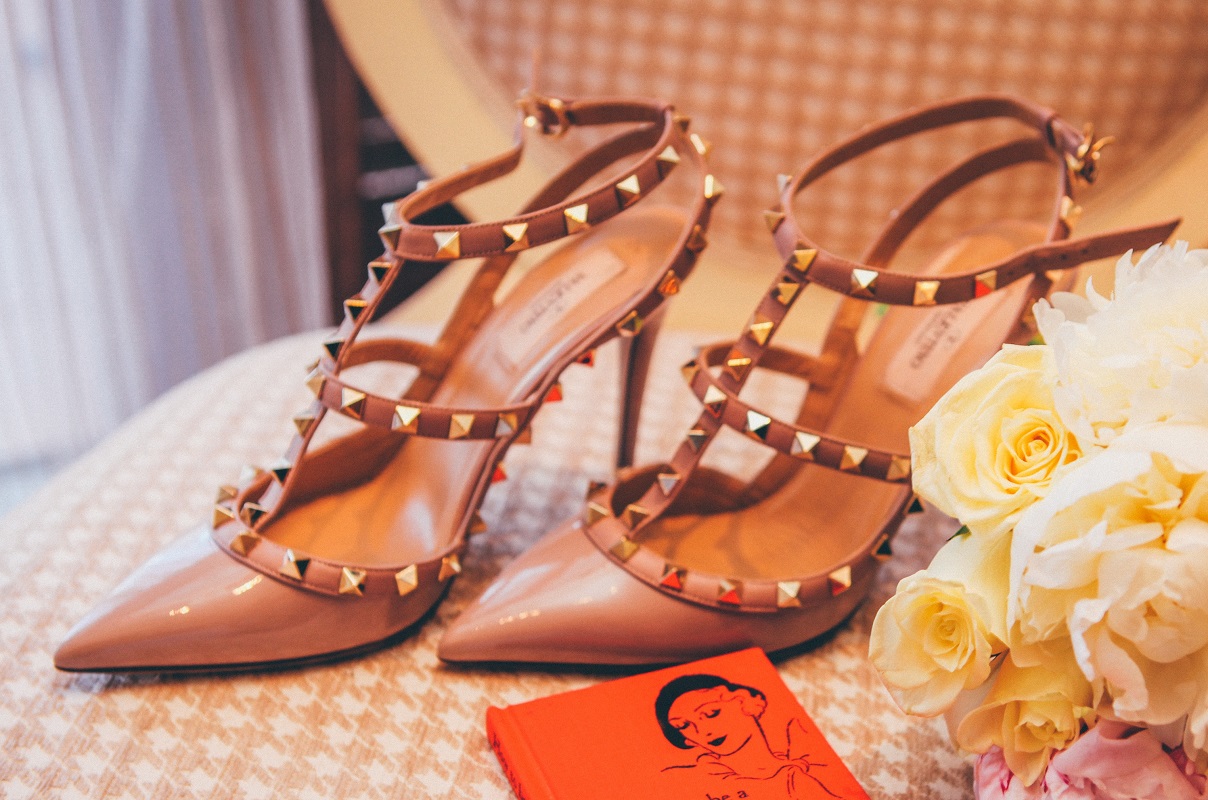This post is more about how not to waste your money – namely, by not buying counterfeit goods.
The faked goods industry is booming. Pirated and counterfeit items represented $461 billion (2.5% of world trade) in 2013, according to the OECD (the Organisation for Economic Co-operation and Development).
I’ve seen them by the Leaning Tower of Pisa and by Sacre Cœur.
‘But why should I care and not buy this Louise Button or Gusci bag from a man who is kindly shoving it in my face?’ you might ask.
It has always puzzled me why all those fake goods salesmen gather around major sites. I’ve seen them by the Leaning Tower of Pisa and by Sacre Cœur in Paris. And I do wonder, who are those people who in their right minds, when faced with a historical site they have insofar only seen on photos, go: ‘Right, that’s great, I will now get a Dolce&Banana handbag to commemorate this occasion’?
The incongruity of the vendors’ chosen location aside, there’s something else about faked goods that makes my skin crawl.
Don’t get me wrong, supporting the whole capitalist system is not something I aspire to daily (yet I do it anyway). But people buying faked goods hinder economic growth. It’s not supportive of the tax system and the tax system provides us with libraries and firemen. Or at least it used to.
It feels like stealing. Really.
I guess what it really feels like is stealing. It’s theft of someone else’s creativity, labour, intellectual property. And yes, maybe some of those luxury goods producers and designers are already rich, but where would you draw the line? You wouldn’t want people making money off your brother’s band without his knowledge and him getting none of the profit, would you?
But faked goods salesmen are no longer the men with shifty eyes who love tugging at your sleeve. They are now easily accessible online. Sites like louboutinmall.com or louboutinworld.com come and go. And there is also the matter of eBay. I recently came across someone selling a brand new Céline handbag for £300. Pricy, yes. But these really retail for around £2,300. On prodding about authenticity, the seller admitted it was a fake, complete with a fake certificate of authenticity.
‘Why are you trying to fool people?’ I asked.
‘I’m not,’ they replied. ‘I will tell anyone who makes an offer that this is a fake. It’s just that eBay will ban me if I admit to it publicly.’
Shame eBay doesn’t have access to the private messages on its site. And before you decry privacy, what exactly are you disclosing in your eBay correspondence?
What price for your soul?
Unfortunately, fake luxury fashion is only the tip of the iceberg. Although footwear and handbags are the most popular counterfeit items, fakery ranges from medical instruments to baby formula. The sale of counterfeit toys and pharmaceuticals, food and machinery parts are all health and safety hazards.
So, rule number one when buying anything – if the price is too good to be true, it probably is. Ask the seller if they have proof of purchase, any relevant documents and original packaging.
Rule number two – read the small print on the website where you intend to place your order. Is there a returns policy? Where do you direct complaints? Can you find any independent reviews? If a website lists a contact email which reads a little like this customerservice2012@gmail.com, chances are they made it up on the spot.
Buying fakes can save you money, but what’s the price of your soul?












